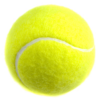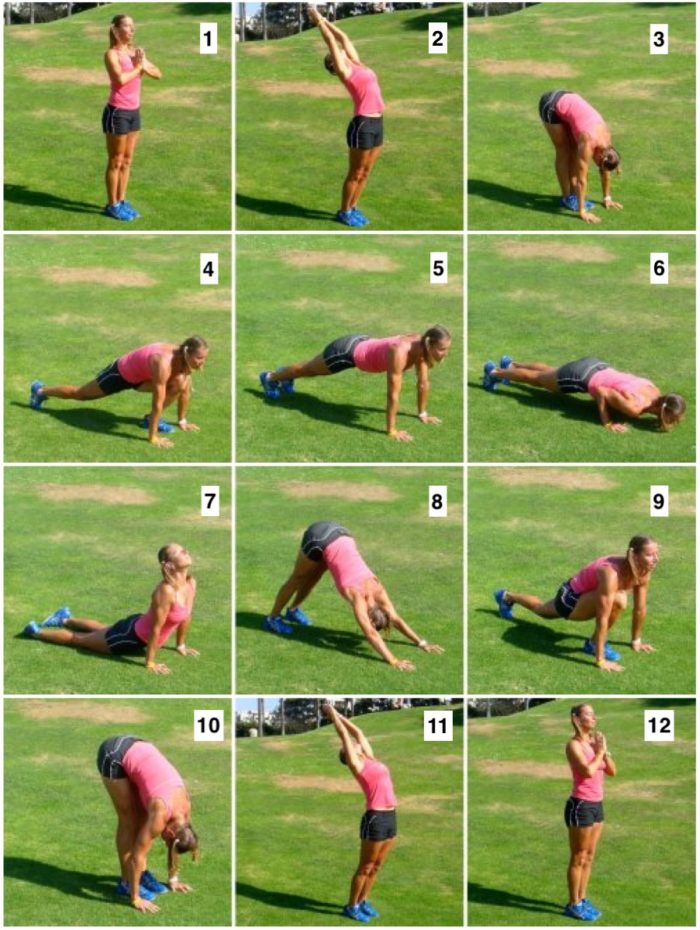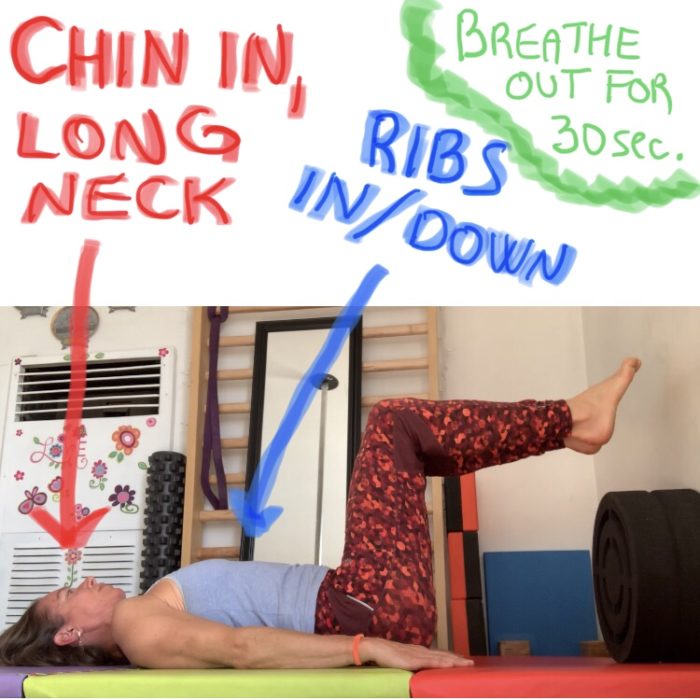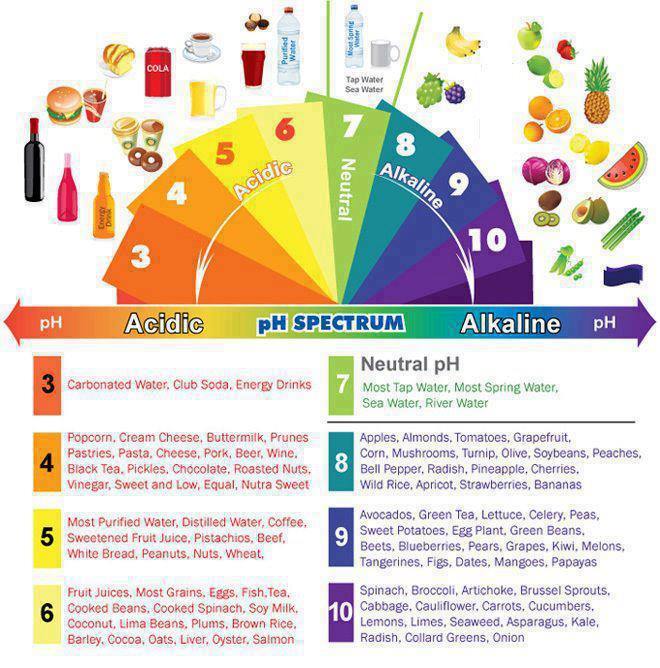The most beneficial exercises for the past year? You may wonder…
As the year 2019 comes to an end, it is time to reflect on our fitness goals and set new ones. Even with our best intentions, sometimes we don’t achieve what we’ve planned. Our bodies are amazing in knowing how to go at “its own pace.” We have to push our limits and comfort zones, to be able to expand them, but also, there is only so much we can push before the body rebels—either with an injury or slowed down progress. These are the times to reflect, re-think, and create a new plan. Let’s think about what you learned this year.
1) Think about the top 10 fitness achievements this year and write them down. You will be surprised how far you have reached. We tend to remember the “bad” stuff much better than our accomplishments.
2) What were your most challenging fitness situations and moments, and how did you grow from them?
3) And lastly, what were your five strengths and five weaknesses?
From the above, what are you going to do differently in the next year? What do you need to change and adjust? And according to that, what are your fitness goals for 2020?
For me, I want
- to master a CONSISTENT 10-15 second handstand with different entries and leg movements.
- on the pole, I want to achieve a consistent Ayesha move (and jump into it from the floor).
- and… here I am going to make all my tennis friends and hitting partners happy: I am going to make a comeback to the tennis courts (after the 1) and 2) is mastered).
If it was difficult for you to stay focused on your goals this year, maybe get yourself an accountability or training partner. Also, I love to use a journal for my fitness goals, where I plan quarterly, monthly, weekly, and then reflecting daily, weekly, and monthly. You could use any journal for that, but I love this weekly layout, big sized Passion Planner.
Below, I want to summarize for you a few “The 10 most beneficial” exercises that I wrote about in the last year or two. Try to fit them into your training regimen, somehow regularly. You may not like them or find them important, but trust me, they create healthy shoulders, deep core strength, and stability, and with that, improved well-being and performance on the tennis court or in your other sports.
Have you seen the Netflix documentary The Gamechangers, yet? If not, it’s really well done and you want to see it. After seeing how all these amazing athletes are changing their diets, and you want to try it as well, feel free to get yourself “The Athlete’s Simple Guide to a Plant-Based Lifestyle.” It indeed is really simple and will give you the basics on how to start and how to successfully perform on a plant-based diet.
The 10 Most Beneficial Exercises for 2020
SHOULDERS – the most beneficial exercises
Dislocates
If there is one (one and only) exercise that you should do for the health of your shoulders, this is it. The (regular) dislocates, and under-grip dislocates. The modern man’s (and woman’s) shoulders are unfortunately quite dysfunctional. They don’t move in the full range of motion. The chest muscles are too tight and pulling the shoulders forward. The muscles in the upper back and rear shoulders are often too weak. Do a few sets of the dislocates daily, and you will feel so great. When your shoulders are healthy, flexible, and properly aligned, you will have a better posture, less tension in your neck, fewer headaches, better body alignment, and function much more effectively.
https://www.tennisfitnesslove.com/2016/08/shoulder-dislocates-for-healthy-shoulders/
https://www.tennisfitnesslove.com/2016/09/undergrip-shoulder-dislocates/
Hanging
Hanging is surprisingly extremely beneficial for you. For your shoulders, elbows, wrists, hands, and the entire spine. As a tennis player, there is a chance that your shoulders are not as flexible and mobile as they should be. Hanging can be defined as a form of suspension with straight arms. It helps to regain the lost overhead reach range of motion, and it aids in the decrease of shoulder injuries. If we implemented hanging work into our daily lives, starting from a young age and kept going until adulthood and well into old age, we would never lose our shoulder mobility or needed stretching our shoulders. We would eliminate all the neck and tension headaches. Hanging should be implemented in all fitness programs of beginners and advanced trainees.
https://www.tennisfitnesslove.com/2016/10/hanging-for-performance-and-health/
Scapular shrugs
The scapular shrugs are an excellent exercise for strengthening and loosening up the muscles around the upper back. Did you know that there are 18 muscles connected to the shoulder blades? You need an excellent scapular movement for any overhead motion that you do. The older you are, and the more you have neglected your shoulder blades, the more restricted the movement will be.
https://www.tennisfitnesslove.com/2017/03/scapular-shrugs-shoulder-stability/
CORE – the most beneficial exercises
Quadrupled Core Conditioning
Quadrupled core conditioning is a fantastic strengthening exercise for your deep core, shoulders, serratus anterior, hands, wrists, feet, the entire upper body, and the hips. It can be surprisingly difficult for you. Harder than any plank you do (unless you do the scapular shrugs in the plank, described above)
https://www.tennisfitnesslove.com/2019/07/quadrupled-core-conditioning/
Pallof Press
Pallof press will benefit all athletes and fitness warriors by strengthening the deep core muscles and working all the muscles that influence trunk rotation. Pallof press works as a spine anti-rotation stabilizing exercise, addressing the local and global muscles around the core. It works as a rehabilitation exercise for back pain, prehabilitation, or strength exercise.
https://www.tennisfitnesslove.com/2019/09/pallof-press-for-core-strength-and-stability/
Deep Core Diaphragmatic Breathing
Diaphragmatic breathing is the right way to breathe, and everybody who wants to improve their performance should be very keen to learn how to do it. With diaphragmatic breathing, you create intraabdominal pressure, and with that core stabilization. That’s what we want. It will also help you with lower back pain and other tightnesses and aches you have from dysfunctional movement patterns. If you don’t know how to have control over your breath, you don’t have control over your movement correctly. Include it to your regimen daily. It’s also very relaxing.
https://www.tennisfitnesslove.com/2019/04/diaphragmatic-breathing-core-stabilization/
GLUTES AND HIPS – the most beneficial exercises
Hip-flexor triangles
This is a surprisingly difficult exercise that everybody hates but also loves at the same time because it brings fast and great results. Almost everybody has weak and shortened hip-flexors (and with that lower back pain and other dysfunctions). Strengthening your hip-flexors in this “torturous” way will improve your well-being and performance surprisingly quickly. You love it and hate it.
https://www.tennisfitnesslove.com/2018/01/hip-flexors-triangles-solve-your-problems/
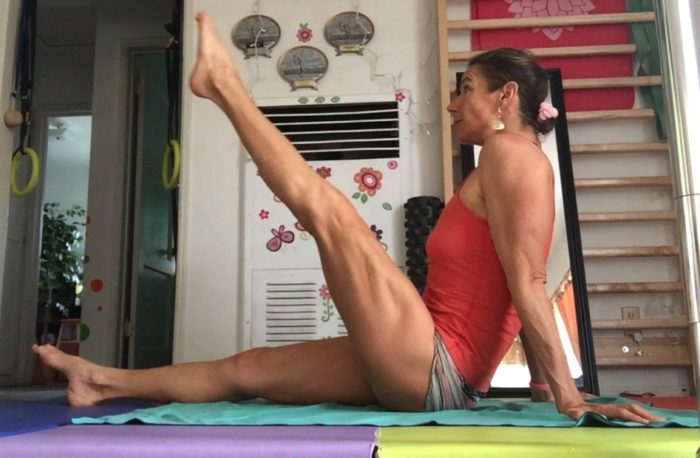
Side-lying leg lifts
It’s common that athletes occasionally get pain on the backside of the hip, near the glute. The pain can be quite uncomfortable and harsh to deal with because it often prevents you from doing your traditional training exercises, such as squats, lunges, deadlifts, or jumps. The side-lying leg lift variation is one of the isolation work exercises with which many people with hip or glute pain have had great success.
https://www.tennisfitnesslove.com/2018/11/side-lying-leg-lift-variation/
Glute bridges and variations
Usually, the majority of people have very underdeveloped glutes and hamstrings. This happens because of too much sitting and not training the muscles of the posterior chain. This is detrimental in athletes because the glutes and hamstrings are essential in all locomotion and athletic movements. It should be your highest priority to keep the muscles of your posterior chain active and strong to avoid any future injuries and lower back pain. The glute bridge and its advanced version can be the best exercise that you need in your regimen regularly.
https://www.tennisfitnesslove.com/2018/10/advanced-glute-bridge-to-strengthen-gluteus-medius/
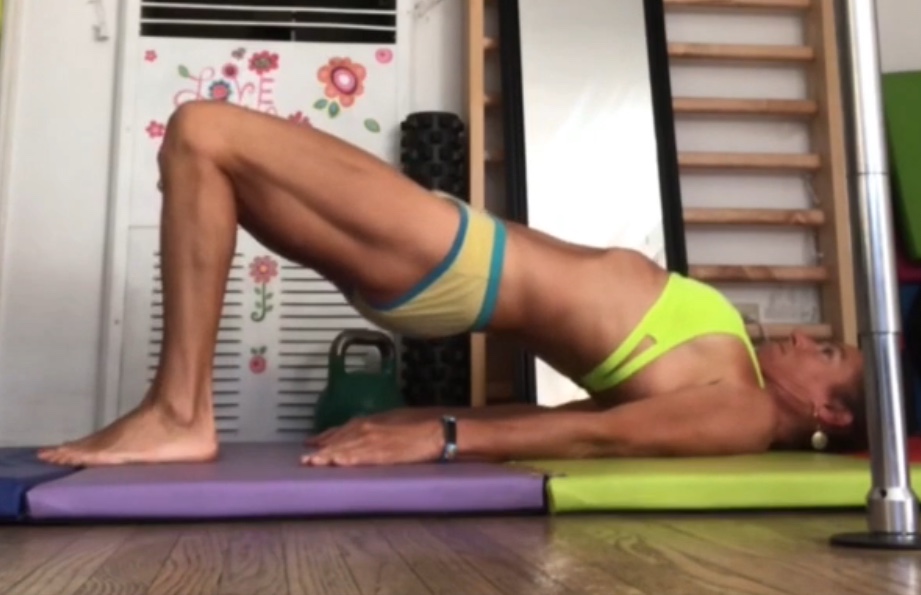
FEET – the most beneficial exercises
Big Toe
Many overuse injuries in running, tennis, walking, or other intense sports are often due to weak glutes. Very often, it is true that our glutes (both Maximus and Medius) are too weak, but we also forget another crucial link in the kinetic chain of your gait: your toes. Especially the big toe. Do this exercise daily for a couple of weeks. You will notice a tremendous difference in your movement soon. And your bodily aches may go away, just like that.
https://www.tennisfitnesslove.com/2018/07/big-toe-for-balance-and-pain-free-life/
.
